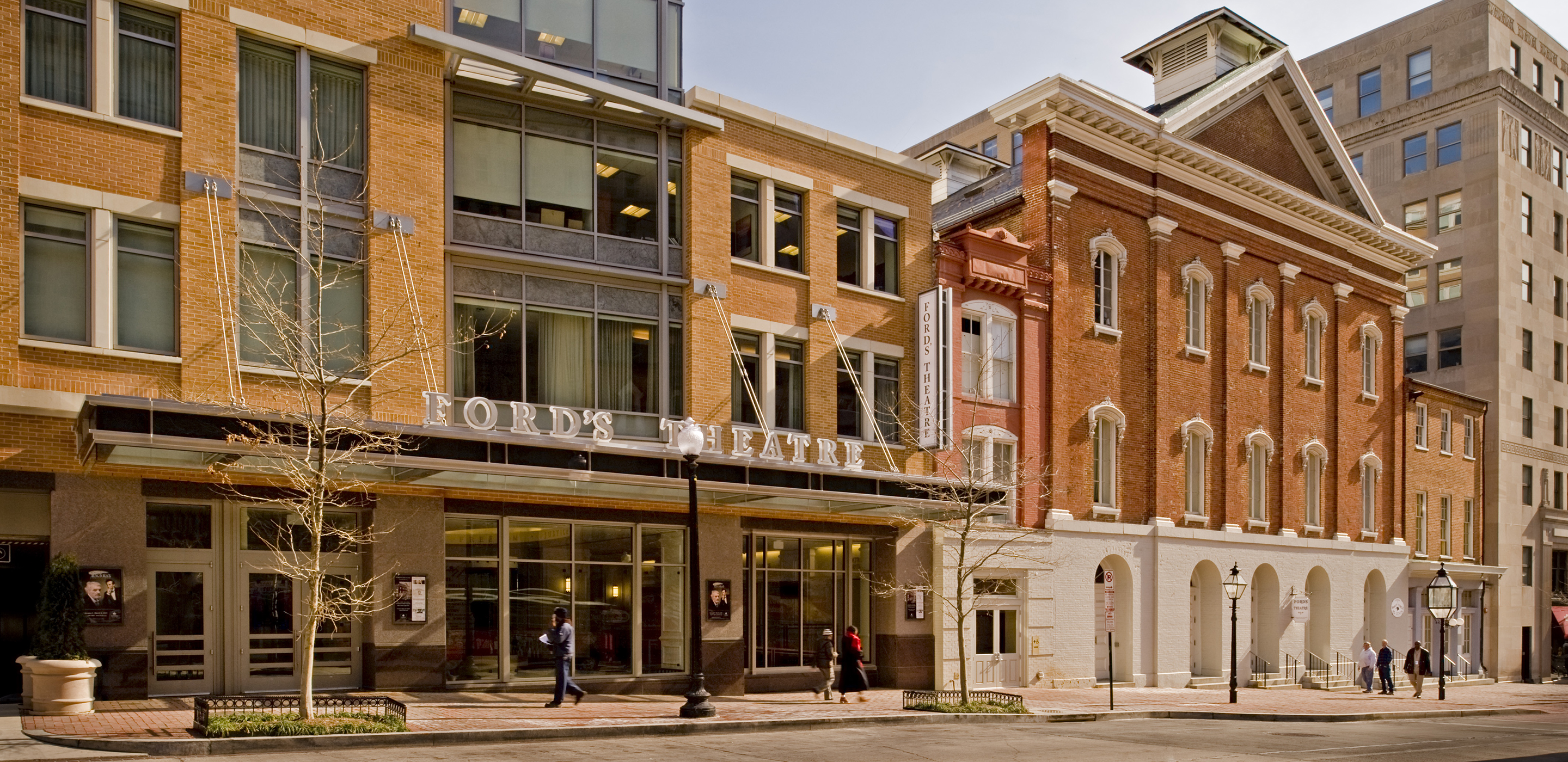
Warm and Cool Feedback
Students learn the whys and hows of giving constructive feedback, for use in many performance settings but also for writing and visual art critiques.
Common Core Standards
CCSS.ELA-LITERACY.SL.9-10.4
Present information, findings, and supporting evidence clearly, concisely, and logically such that listeners can follow the line of reasoning and the organization, development, substance, and style are appropriate to purpose, audience, and task.
| LEARNING OBJECTIVES | Give constructive feedback to classmates.Respond appropriately to feedback from peers. |
| GUIDING QUESTIONS | How is peer feedback useful?What makes feedback effective? |
| PREPARED BY | GRADE | LENGTH |
| KRISTA MCKIM | SECONDARY | TWO CLASS PERIODS |
Classroom Activities
- Classroom Activity One: Introduction to Feedback
Students analyze a photo of Martin Luther King, Jr., and hypothesize why King wanted feedback. - Classroom Activity Two: Feedback Examples
- Students look at examples of feedback and decide if it is effective feedback.
- Classroom Activity Three: Giving Feedback as a Class
Using the Warm and Cool Feedback handout, students work as a class to give feedback to two speeches. - Classroom Activity Four: Giving Feedbacks in Small Groups
Students work in small groups to practice giving each other effective feedback.
Classroom Activity One
Introduction to Feedback
Project the photo of Clarence B. Jones and Martin Luther King, Jr.,on the board. Begin by asking who is in the picture and why they are famous. Most students will focus on King and his contribution to history. After your students have exhausted all their knowledge of King, point out man behind him who is taking notes. Ask students who he might be. Most of them won’t know. Tell them that his name is Clarence B. Jones and he was the first black man to make partner at a Wall Street investment bank. Let them know that he is currently a professor at Stanford University. He also was an advisor to Martin Luther King. King would practice his speeches with several of his advisors and ask them for feedback. Ask students why King might have wanted feedback. Capture their responses to this question on the board or chart paper to refer to later in the lesson.
Classroom Activity Two
Feedback Examples
Ask students to reflect on whether or not these statements are effective feedback. You can read each one and have students give a thumbs up for good feedback or a thumbs down for bad. After each poll, ask one student to explain why it is or isn’t effective feedback.
- That was bad.
- You did great!
- I really liked how you used sound effects in your speech.
- Have you thought about planting your feet? I was distracted by your rocking back and forth.
- I hated it!
- You are perfect.
Pass out copies of the Warm and Cool Feedback handout. Explain to students that these sentence starters help people give effective feedback. You may want to suggest that students refer to the Podium Points handout for ideas.
Ask students to volunteer their ideas about what makes effective feedback. Capture this on the board. You might ask students to their ideas to the reasons they thought that King might want feedback. Write or type out the final list so that it is visible to all students.
Classroom Activity Three
Giving Feedback as a Class
Watch Ford’s Theatre 2014 Student Delegate Aniya Rios’s speech. Using the Think, Pair, Share strategy, students should write down two pieces of feedback that they would share with Aniya. During the pair session, each should evaluate whether or not the other’s statements qualify as effective feedback.
Watch Ford’s Theatre 2014 Student Fellow Keith Powers’s speech. Repeat the same process.
Classroom Activity Four
Giving Feedbacks in Small Groups
Divide the class into groups of four or five. Give each student a different speech selection and a few minutes to review it. Ask each to take a turn reading their selection to their small group.
After each student reads, all group members should write down one piece of warm feedback and cool feedback for them.
Note: The effective feedback list can be revisited whenever students are giving speeches. It is a good reminder whenever you ask students to give feedback.
Assessment
Each student should look at all the feedback they received from their small group. They should pick one piece of feedback and explain why it was or wasn’t effective on the exit ticket.
What You Need
For this lesson, you will need the following materials and handouts in addition to chart paper or a whiteboard.
